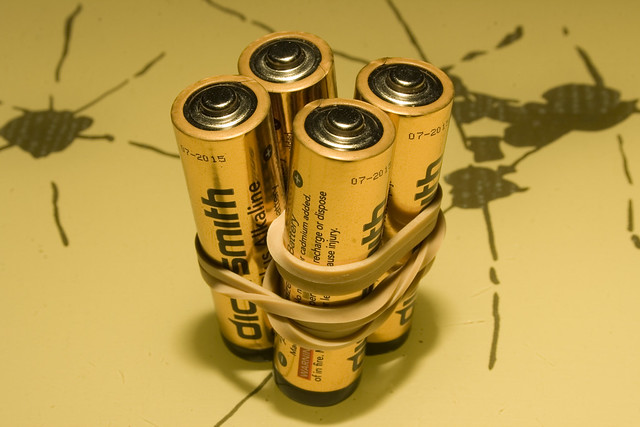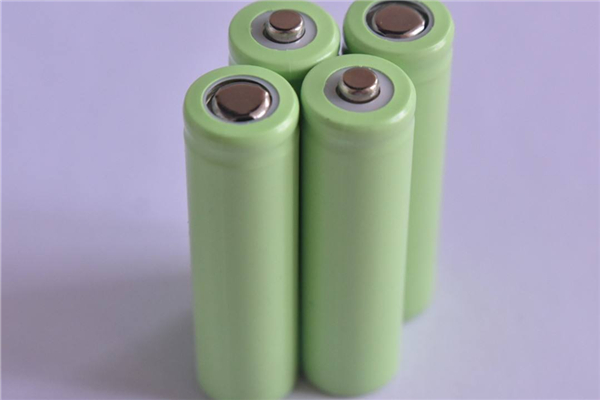How Much Does A Lithium-Ion Battery Weigh?
Aug 19, 2019 Pageview:3338
The lithium-ion battery or LIB is actually a type of rechargeable battery. Lithium batteries are popularly utilized for electric vehicles and other portable devices or electronics.
They are greatly expanding in prominence forspecial and military applications. The battery was initially created by Akira Yoshino, John Goodenough, and Rachid Yazimi, back in the 1980s.
It was developed on a concept which was proposed by Stanley M. Whittingham back in the 1970s and it was further commercialized by Asahi Kasei and Sony in the year 1991.
The specific energy of lithium batteries is actually around 150-220 wh/kg and this does not actually include the cases, wiring, and even the terminals.
Does The Weight Affect The Performance Of Lithium-Ion Battery?
The specific energy density is around 100 to 250?W·h/kg (360 to 900?kJ/kg) while the volumetric energy density is 250 to 620 W·h/L?(900 to 2230 J/cm3). For the specific power density, it is about 300 to 1500 W/kg
Just because lithium batteries can practically have diverse negative and positive electrode materials, their energy density, as well as voltage, vary in accordance too. Its open circuit voltage is way higher than that of aqueous batteries like:
· Nickel metal hydride
· Nickel-cadmium, and;
· Lead-acid
The internal resistance is known to increase based on cycling and age. The increasing internal resistance leads to the dropping of the voltage at the terminals and this reduces the high current draw.
Furthermore, this increasing resistance will leave the lithium battery in a state in which it cannot support the usual discharge currents being requested without an unacceptable voltage drop or even overheating.
The batteries that contain lithium iron phosphate and graphite negative electrodes actually have an open-circuit voltage of roughly 3.2V which is normal plus a 3.6V charging voltage.
The lithium nickel manganese cobalt, also known as NMC oxide positives as well as graphite negatives, have a nominal voltage of 3.7V along with a maximum voltage of 4.2V when charging.
Furthermore, the charging procedure is carried out at a definite voltage that has current limiting circuitry.
This means it charges with a definite current up until a voltage of about 4.2V is attained in its cell and it continues with a definite voltage that is applied until its current drops closer to zero.
Basically, the charge is usually terminated at about three percent of the charge current. Years back, lithium batteries were not able to be fast-charged and they needed about two hours to be considered fully charged.
For the current generation cells that we have today, they can be fully charged in about forty-five minutes or even less than that.
In the year 2015, researchers showed a small 600mAH capacity battery that was charged to about sixty-eight percent under two minutes.
And, they also showed a 3000mAH battery that was charged to about forty-eight percent within a total of five minutes. The battery had an energy density of about 63/wh/L. Also, the device made use of heteroatoms that was bonded to graphite molecules in its anode.
How Much Weight Is Better For Lithium-Ion Battery?
These lithium batteries are composed of the cathode; positive electrodes that are in the form of LiOH or Li2CO3 like we see in rechargeable batteries.
They are also composed of the anode; negative electrodes which are lithium in the form of metal that we see in non-rechargeable batteries like a separator. These batteries are composed of electrolyte which is lithium in the form of LiC1.
Its electrodes are immersed in an electrolyte which is a conductive liquid and this is known to be a cell. However, the combination of diverse cells basically forms a battery.
The lithium battery operation is produced strictly on the basis of chemical reactions that are reversible and which aids in providing an exchange of electrons and ions between all of their poles.
This also enables the battery to be both discharged and charged. At the exact moment of discharge, an electric current is produced and it is capable of moving all of the electric motors that are in charge of propelling the particular vehicle
So, at the time of recharging, the electrons and ions practically return to their normal situation which is from an input of external energy just like the breaking of the automobile.
Generally, the performance, behavior, and duration of the battery rely on the chemical elements that have bee selected to give rise to the necessary reaction inside each and every cell and the electronics that actually control the whole process of recharge and discharge.
For now, there are diverse types of lithium batteries like:
· Li CO O2: lithium cobalt
· LiFe P O2: lithium iron phosphate
· Li Mn2 O2: lithium manganese
· Lithium nickel cobalt-manganese, and;
· Li4 Ti5 O12: Lithium titanium
However, all they have in common is their utilization of a lithium carbon anode but they differ from one another in the lithium oxide being utilized in their cathode.
Analysis Of Lithium-Ion Battery Weight Trend
The lithium-based batteries are rapidly turning into reasonable replacements for the one hundred- and fifty-years-old technology of the prominent lead-acid batteries.
In the diverse applications where the weight is being considered, lithium batteries have been rated to be among one of the lightest alternatives available.
In current years, lithium batteries have become highly available in diverse chemistries such as:
· Lithium polymer
· Lithium-ion
· Lithium-ion phosphate, plus some other exotic variations
Both the lithium polymer and lithium ions are the most energy-dense of all lithium batteries, although, they are actually lack in safety.
Furthermore, one of the most popular types of lithium-ion is actually lithium cobalt oxide.
For lithium-ion batteries, they have a very high energy density and after about a year of usage, the capacity of this lithium-ion will have dropped very much that even the LiFePO4 will actually have the exact same energy density and after a period of two years, LiFePO4 will have a bigger energy density.
To Wrap It Up
The performance of these manufactured lithium batteries have basically improved over the years.
For example, from the periods of 1991 up to 2005, the energy capacity based on each price of lithium batteries have improved more than roughly ten folds.
Leave Message
Hottest Categories
-
Hottest Industry News
-
Latest Industry News











